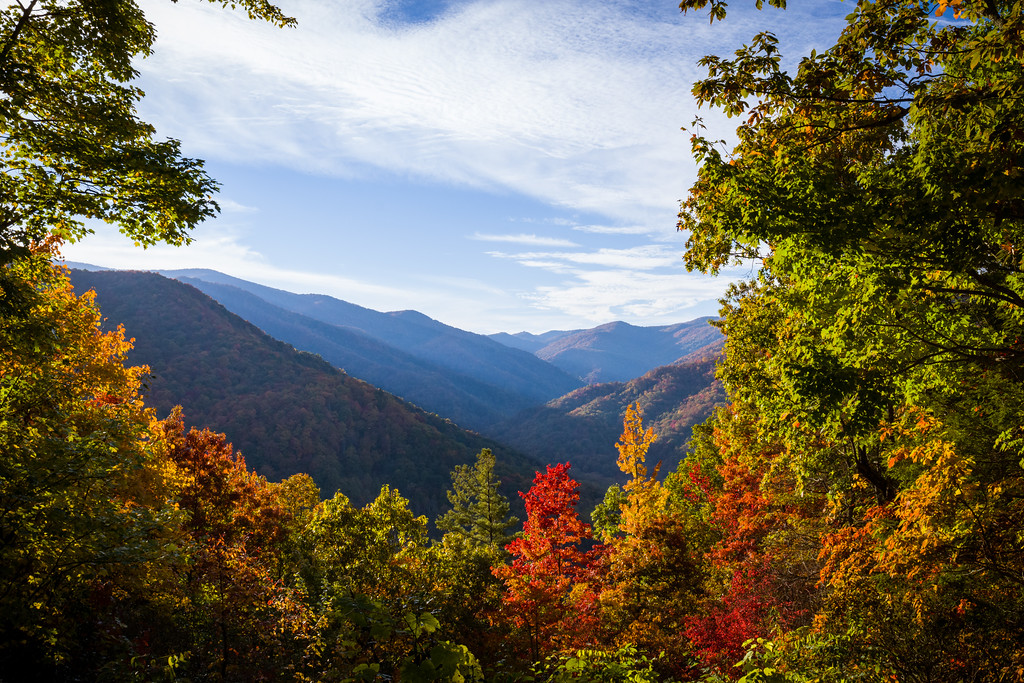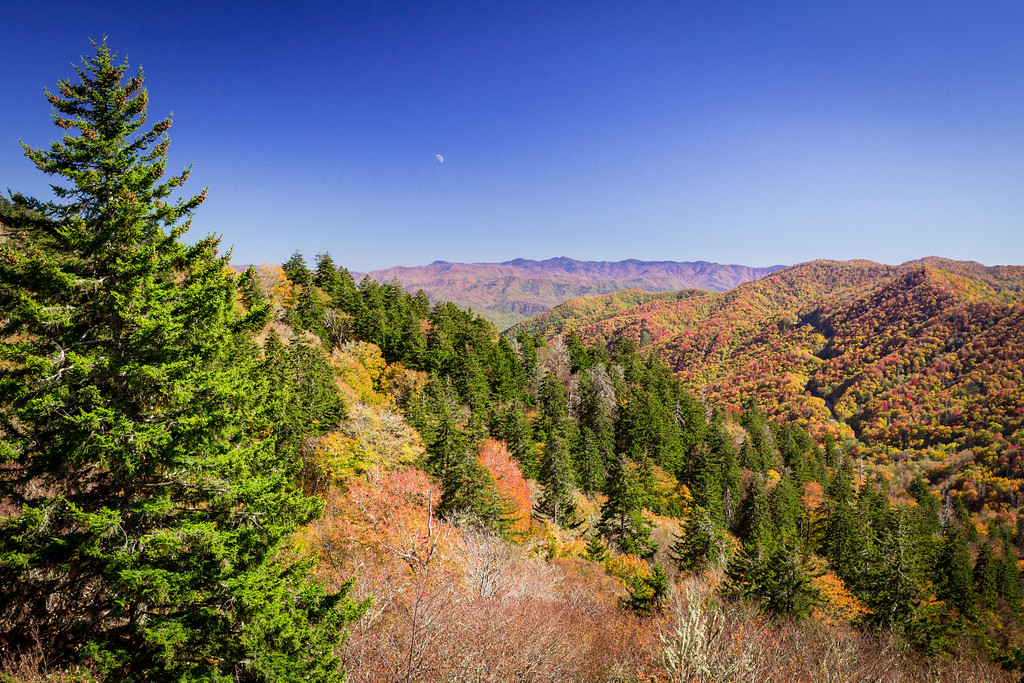Do We Have a Mouse?
It’s always a good night for me when it’s warm enough that I don’t need to wear socks. Last night was one of those nights. At 4:45 I was awake, and amid the still darkness, I wondered if we had caught our mouse. We’d been trying to catch him for the last two days to no avail. He thwarted our first attempt and managed to make off with every bit of the bait.
After finding my socks inside my sleeping bag, I quietly exited the tent, trying not to disturb Becky. I walked up to the car, turned on my LED lantern, pulled on the car door handle AND—it was locked! Crap! Forgot about that…this was certainly less dramatic than I’d imagined!

I retrieved my keys from the tent, unlocked the car this time (that Toyota beep is awful loud in a dead-silent campground!), pulled on the handle AND—saw that the bottle and the sticky trap were still together, but totally jostled out of position from where I had wedged it on the floor behind the driver’s seat. The outside fringe of the sticky trap had been gnawed around, just like the day before, and then I saw the box rock! The mouse was still there, but was he inside?
I slowly picked up the trap and peered in through the front—and sure enough, a long tiny tail on a little tiny mouse about two or three inches long was stuck inside! YES!!! We finally got him!!! He was small enough that he probably would have been able to get inside the bottle and eat the bait with no problem had I not added the sticky trap as an extra hurdle. I set the trap down on the picnic table and went over to the tent to share my jubilation with Becky. “We got him! Do you want to see it?”
Now What?
When Becky said no, my mind moved on to letting him out of the trap. I hadn’t given much thought to this until now—and I felt profoundly sad and even guilty. This poor scared, tiny little creature was stuck in my trap and no longer in my car, but now I have no idea how to let him go. While he was obviously quite strong to be able to jostle a 12-ounce glass bottle around, he was too delicate for me to free from the sticky trap without some serious injury; furthermore, I’d probably get my fingers bitten up in the process. I could just leave him for a predator, but chances are that it too would get stuck in the trap, or worse yet the bait in the bottle could attract a black bear to investigate.
I was all out of ideas, I had no Internet service and therefore no Google, and it was still before 5am…so I asked Becky what I should do. She told me to just put him in the dumpster. 🙁 I felt terrible about it, but that’s what I did. I hoped he would break loose in there, but I didn’t think that was likely.
I concluded that I hate these sticky traps, and that I’m never going to use one again. I have no idea what I could have done better to deal with a mouse taking up residence in our car on a camping trip, but I knew the way I chose was too inhumane to use it again. (UPDATE: I Googled later and found out that you can release a mouse from a sticky trap, but it’s not very easy to pull off on the road. If I’d known, I’d have tried to get him out.)
Remember folks: keep your food safe in hard-sided lockable containers, and don’t leave your car open long enough for wildlife to move into your car for the winter. They can make a real mess, and it’s hard to get rid of them. Out West they have a saying, “A fed bear is a dead bear,” and that seems to be true for all wildlife. I know this experience has made us extra careful on the road and at home.
Shooting Elkmont
After crawling back into bed, I got up again when my alarm went off at 6:30. This was our last day here at Elkmont, and I wanted to take advantage of the still air and soft, even, early light to shoot some panoramas of our campsite and the abandoned buildings. Even the slightest breeze makes it difficult to get a clear 360° image, and the winds have been almost nonexistent first thing in the morning. I had my pano rig set up not long after first light, and thought that shooting our campsite from the top of our picnic table would offer a good vantage point. This is usually no big deal, but today I did something stupid and earned my injury for the week…
The Picnic Table Incident
I was standing on top of the picnic table next to my camera and decided to walk around and check the leveling on my panoramic head…I took my first step, and realized I had made a terrible mistake! As I set my foot down onto nothing, I thought, “Oh no, well I guess I better be ready to land on the bench!” And then I realized…I’d missed the bench! I was going all the way down! In this split second, I realized I’d better be ready so I don’t twist my body all up and really get myself hurt.
So I came down on the one foot, turning myself enough that my upper body continued to fall backwards, past the bench. This saved me from bumping my head, tearing my groin, or twisting a joint, but it meant breaking my fall with my legs on the bench and my hands on the rocky ground! Ach! And when I landed, I looked up just in time to see my camera and tripod coming down after me!
Thankfully, everything landed softly on top of me. No damage came to my equipment or me, save for one sore wrist and a gravel rash on my hands. After the adrenaline passed a bit, I of course set up again and got my shot on top of the picnic table. Then I moved on to the Elkmont Historic District…
The Saga of Elkmont’s Appalachian Club and the Creation of Great Smoky Mountains National Park




I know that heading is a mouthful, but there’s a story here with all of these abandoned buildings and the old cemetery I found on Tuesday. You see, back in 1908, Colonel Wilson B. Townsend set up a logging camp where Elkmont Campground is today. Lumber was transferred to his sawmill by a railroad he built and extended to Knoxville. When most of the timber was gone, Townsend advertised Elkmont as a mountain getaway. In 1910 he sold land to an affluent group of Knoxville outdoor enthusiasts who formed the Appalachian Club. They built the Appalachian Clubhouse and several vacation cabins, creating the small neighborhoods of Daisy Town, Millionaires Row, and Society Hill.
In the 1920s, the young National Park Service sought to create a national park in the Eastern United States. The movement to create one in the Great Smoky Mountains was started by certain members of the Appalachian Club. Due to maneuvering by politically influential members who desired to create a national forest rather than a national park, cabin owners in Elkmont were allowed to obtain lifetime leases when the park was created in 1937. Meanwhile, residents in less affluent areas like Cades Cove were flat-out evicted through eminent domain.
The last lease in Elkmont expired in 2001, which would have allowed the park to proceed with demolition plans it had at inception. However, some leaseholders’ descendants succeeded at placing Elkmont on the National Register of Historic Places in 1994. This caused a 15-year debate that finally resulted in the preservation of most of Daisy Town and two other structures further up the mountain. The rest of the buildings will be demolished early in 2017.
I unfortunately did not get to photograph inside any of the abandoned cabins, as all were posted with “NO TRESPASSING” signs, and several of them had collapsed floors and roofs. Things were still plenty creepy though! I did, however, shoot a panorama inside the Appalachian Clubhouse, which was restored in 2009. This was thanks to a ranger who was kind enough to let me in while he performed some maintenance.





